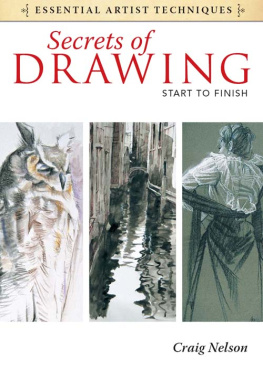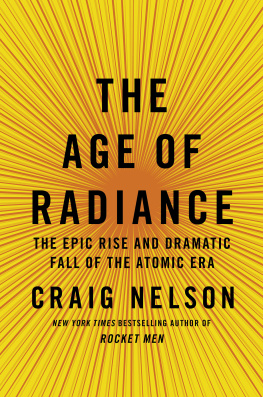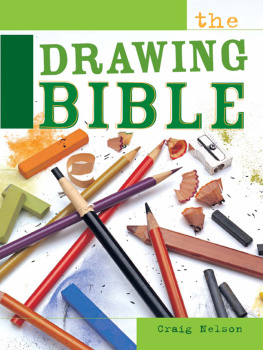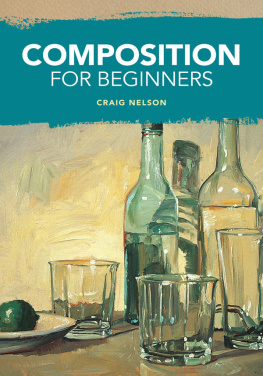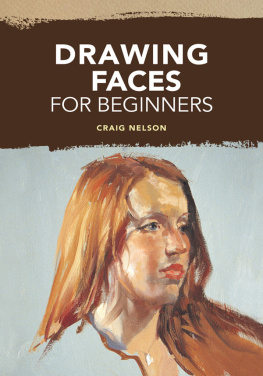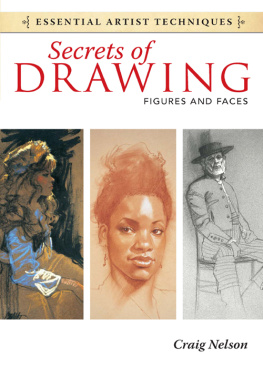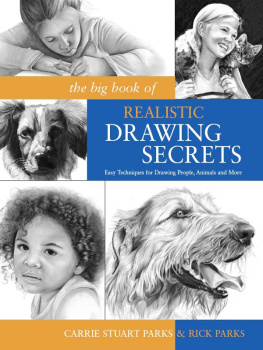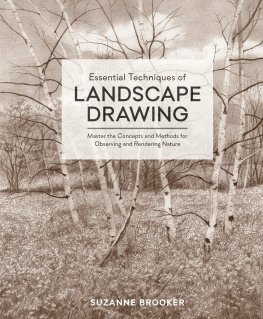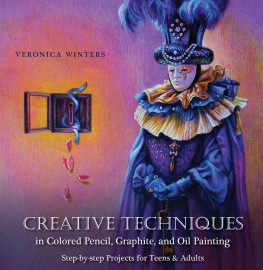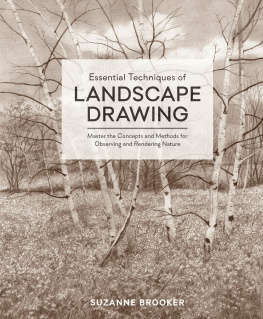Craig Nelson - Secrets of Drawing: Start to Finish
Here you can read online Craig Nelson - Secrets of Drawing: Start to Finish full text of the book (entire story) in english for free. Download pdf and epub, get meaning, cover and reviews about this ebook. year: 2012, publisher: Penguin Publishing Group, genre: Home and family. Description of the work, (preface) as well as reviews are available. Best literature library LitArk.com created for fans of good reading and offers a wide selection of genres:
Romance novel
Science fiction
Adventure
Detective
Science
History
Home and family
Prose
Art
Politics
Computer
Non-fiction
Religion
Business
Children
Humor
Choose a favorite category and find really read worthwhile books. Enjoy immersion in the world of imagination, feel the emotions of the characters or learn something new for yourself, make an fascinating discovery.
- Book:Secrets of Drawing: Start to Finish
- Author:
- Publisher:Penguin Publishing Group
- Genre:
- Year:2012
- Rating:5 / 5
- Favourites:Add to favourites
- Your mark:
Secrets of Drawing: Start to Finish: summary, description and annotation
We offer to read an annotation, description, summary or preface (depends on what the author of the book "Secrets of Drawing: Start to Finish" wrote himself). If you haven't found the necessary information about the book — write in the comments, we will try to find it.
This is your complete guide to drawingpacked with everything you need to know about materials, techniques and drawing styles. Learn the secrets to rendering any subject, and quickly find the answers to common problems and questions so that you can get back to the drawing board. Secrets of Drawing, Start to Finish is a handy, one-stop reference that beginners and experienced artists simply cant be without.
Learn how to:
Master essential line and tone techniques
Use proper perspective and proportions
Create everything from quick sketches to finished drawings
Draw in graphite, charcoal, pen and ink, colored pencil, pastel and more.
Craig Nelson: author's other books
Who wrote Secrets of Drawing: Start to Finish? Find out the surname, the name of the author of the book and a list of all author's works by series.

